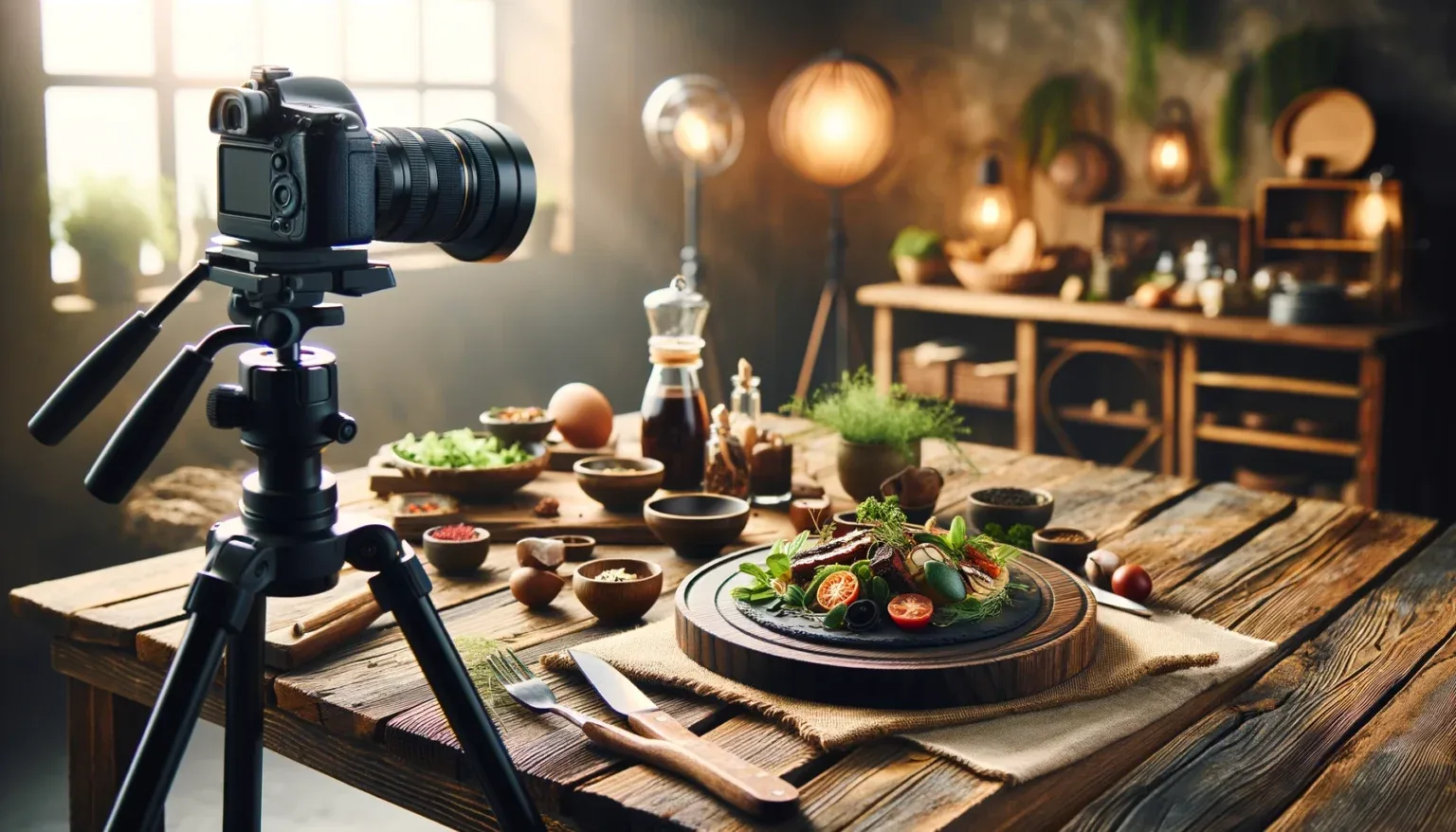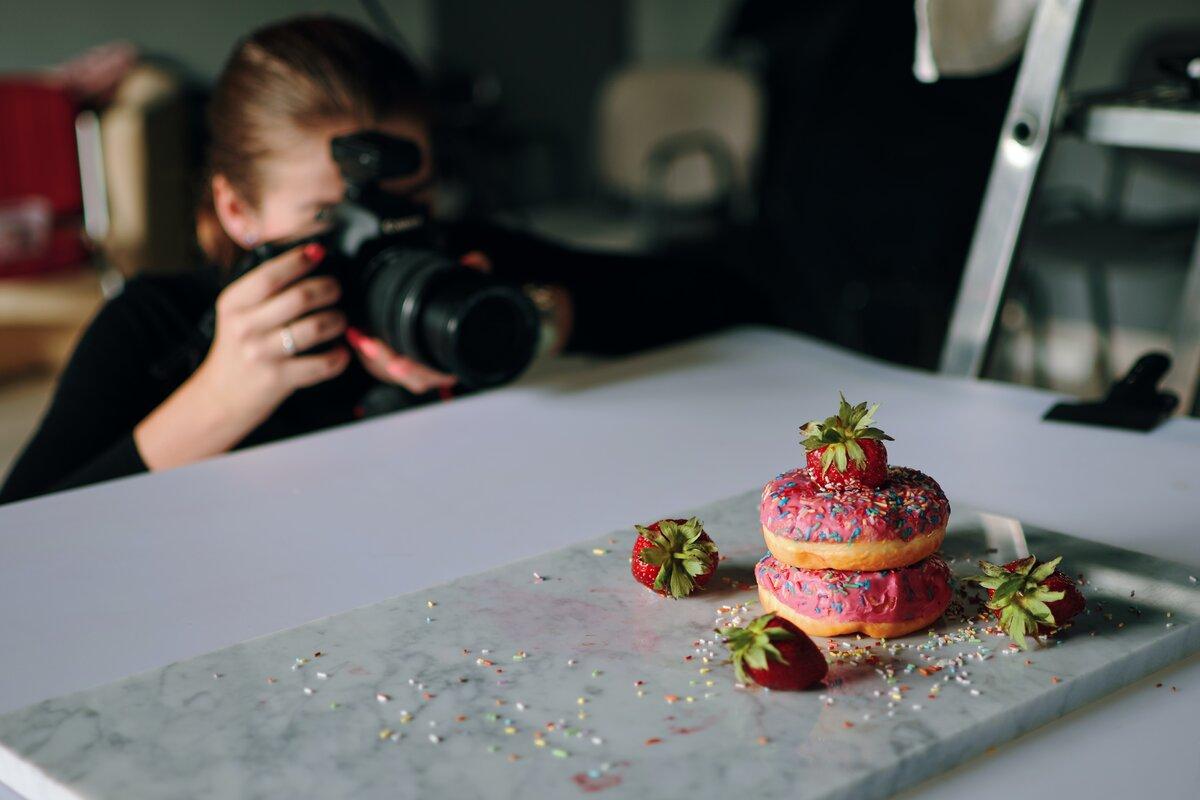- 141
- 0

The Art of Plating: Making Every Dish a Visual Masterpiece
Emphasizes balance and order, using central placement and repetitive elements. Conveys elegance and tradition, ensuring a structured, familiar presentation.
Focuses on simplicity and negative space. Few, precisely placed components draw attention to quality and form, creating a sophisticated, understated aesthetic.
Embraces asymmetry and dynamic composition. Allows creative expression, using natural flow and movement to tell a visual story on the plate.
Evaluation Criteria
- Visual Balance: Evaluates element equilibrium, preventing any component from dominating. Aims for a harmonious, pleasing overall visual presentation.
- Component Clarity: Examines distinct presentation of each ingredient. Allows diners to identify and appreciate individual textures and forms clearly.
- Color Harmony: Analyzes color interplay on the plate. Seeks appealing contrasts or complementary palettes that enhance the dish's visual appeal.
- Texture Contrast: Examines variety of textures (crisp, smooth, creamy, crunchy). Adds depth and interest to the visual and sensory experience.
Comparative Analysis of Plating Methods
Classical Symmetry excels in visual balance, using central placement and mirrored elements for harmonious distribution, creating order. For component clarity, elements are distinct, though repetition might reduce individual prominence, prioritizing overall elegance.
Regarding color harmony, Classical Symmetry uses a subdued, traditional palette where colors complement. Structured layout highlights natural variations. For texture contrast, textures are presented clearly, but their dynamic interplay is less emphasized, ensuring a predictable, refined visual experience.
Modern Minimalism achieves visual balance through judicious negative space. Each element is deliberately placed, creating a compelling composition where less is more. This method shines in component clarity; with fewer items, each ingredient stands out unequivocally, instantly recognizable for its inherent quality.
In terms of color harmony, Modern Minimalism employs striking contrasts or a limited, refined scheme to amplify impact. Simplicity allows specific colors to pop. For texture contrast, this approach powerfully highlights differences, like crisp next to smooth. Sparse arrangement ensures each textural variation is visually felt, conveying sophistication.
Artistic Freeform tackles visual balance via dynamic asymmetry, creating an engaging flow that guides the eye. A skilled hand ensures coherence and an intriguing journey. Component clarity is excellent, as elements interact playfully yet distinctly. This freedom allows creative layering, making each part a discovery.
For color harmony, Artistic Freeform offers immense flexibility, allowing bold, expressive palettes or subtle blends. It encourages innovative color pairings, crafting unique visual compositions. Texture contrast excels here, creating intricate visual narratives. Juxtaposing diverse textures organically adds significant depth and intrigue.
Recommendations for Method Selection
For establishments prioritizing tradition, elegance, and consistent guest experience, Classical Symmetry is ideal. It assures guests of a refined presentation that is both familiar and comforting. This method suits formal dining settings where classic appeal and order are paramount.
Modern Minimalism suits brands valuing innovation, sophistication, and ingredient quality. It communicates a contemporary aesthetic, highlighting premium components with stark clarity. This approach excels in fine dining where ingredient integrity is celebrated, appealing to clientele appreciating understated luxury.
Artistic Freeform is best for culinary teams expressing creativity and telling unique stories. It's perfect for avant-garde restaurants or concepts desiring playful, dynamic, and memorable visual experiences. Ultimately, understanding Circliatheo's philosophy allows subtle integration of methods for adaptability.
The plate is a canvas, and the food, its vibrant masterpiece.


